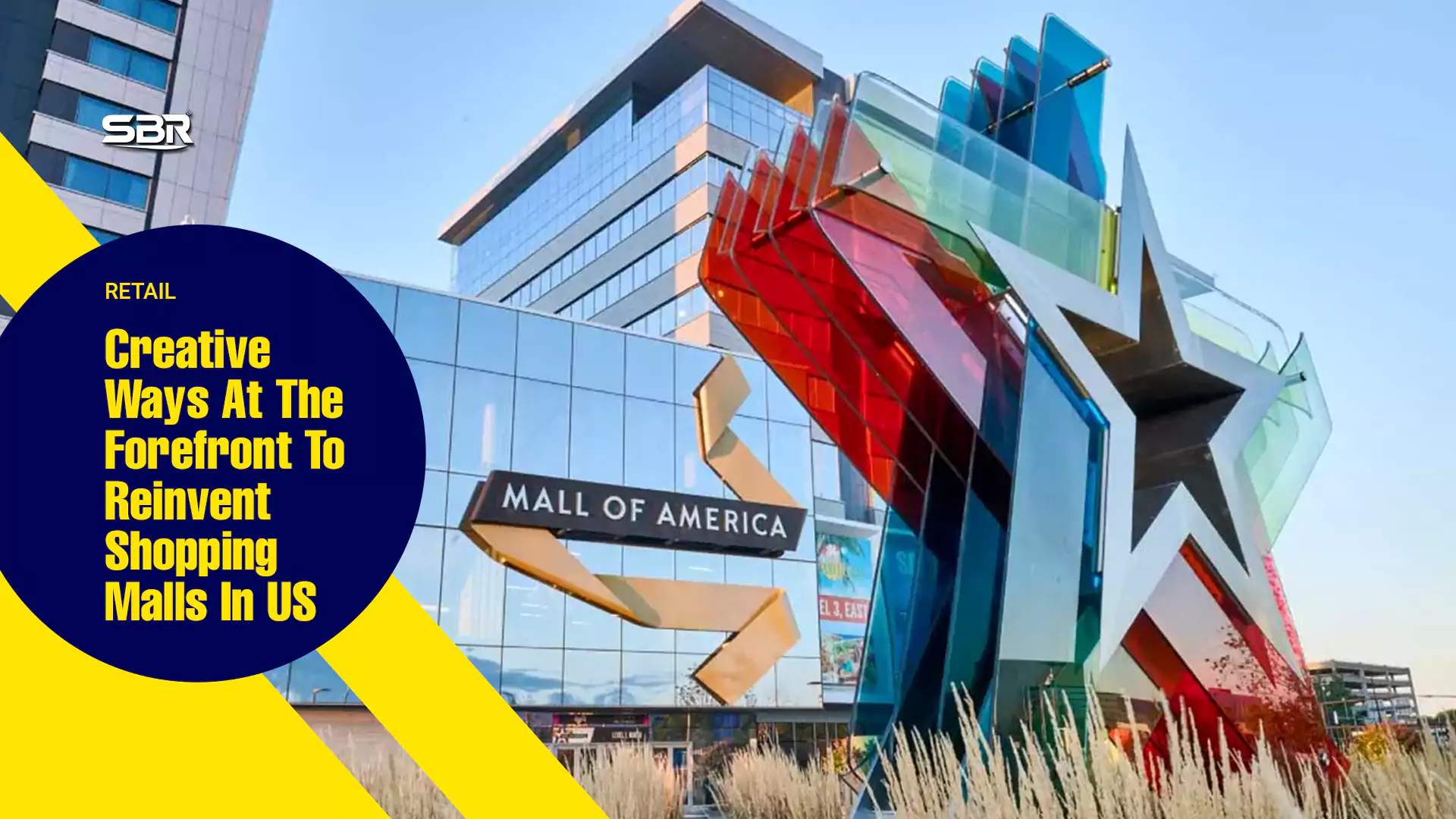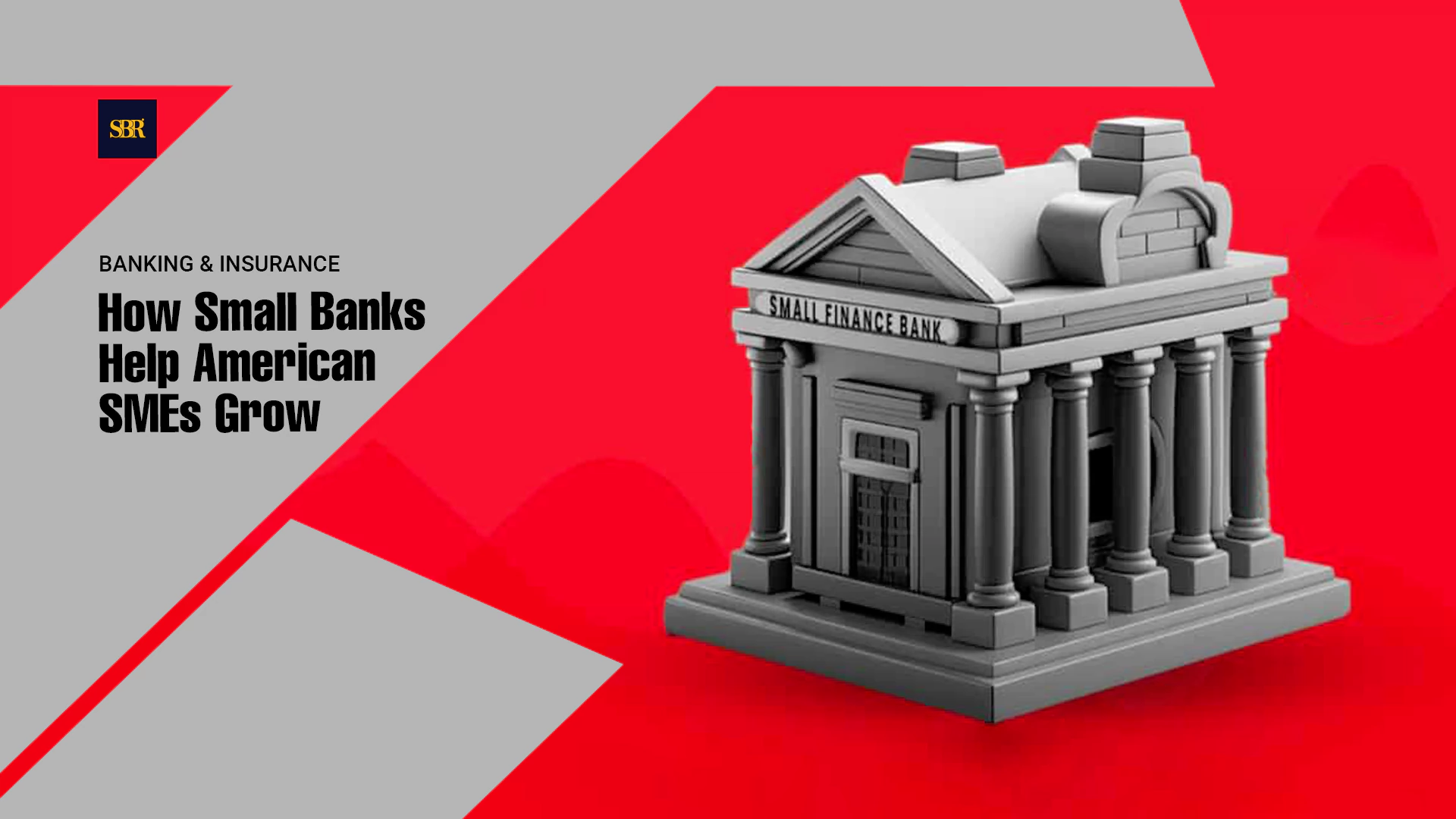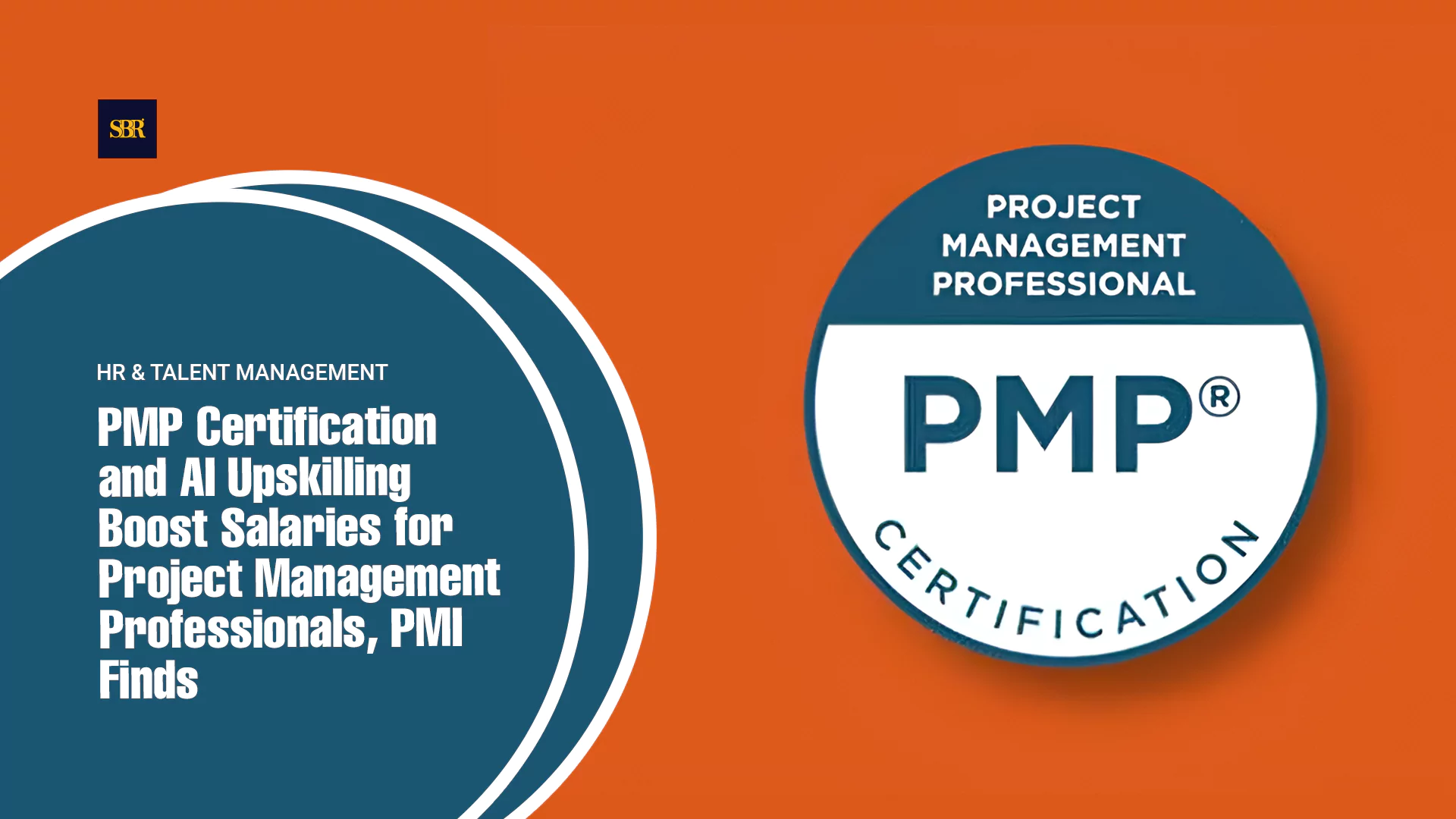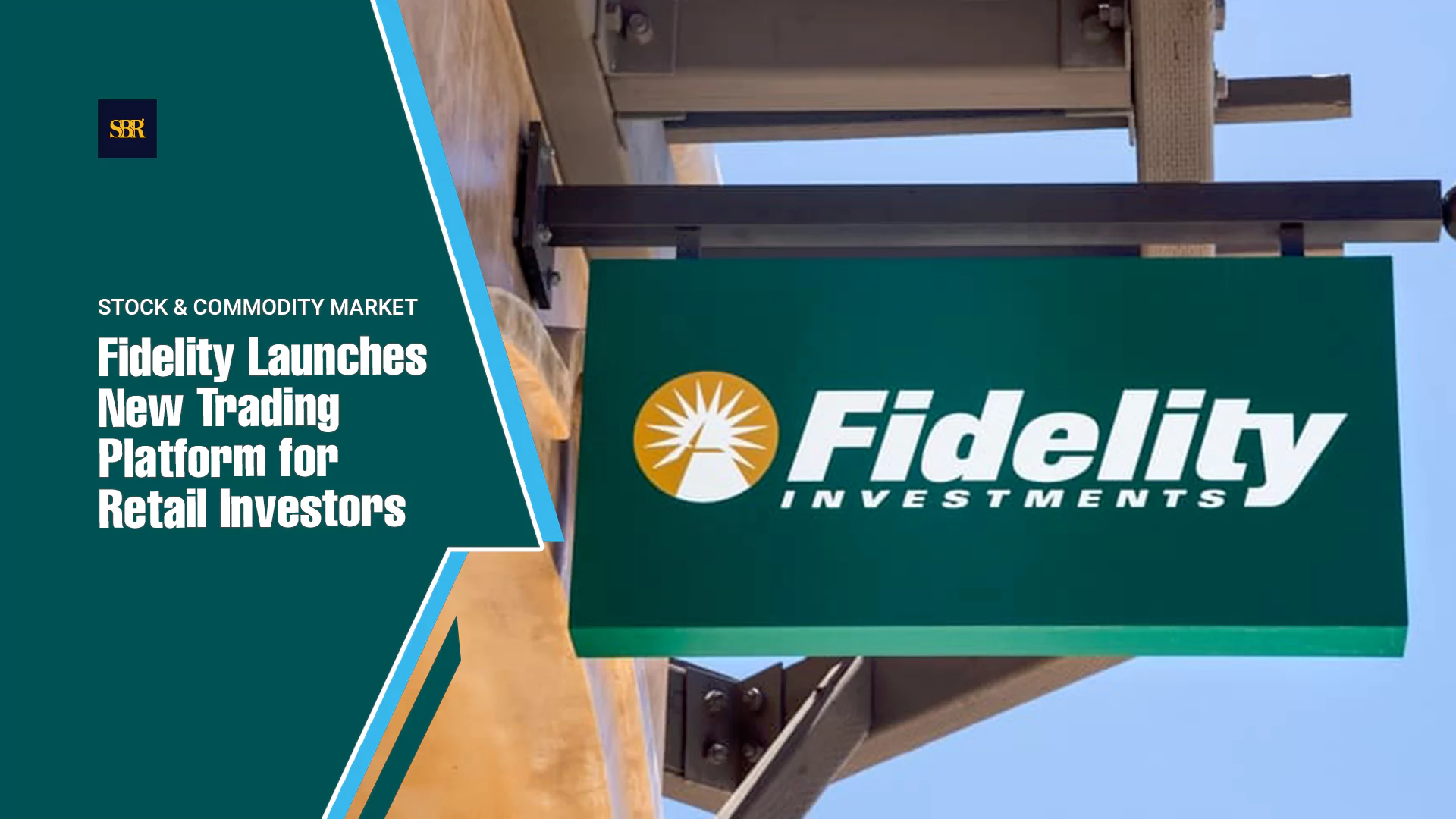Creative Ways at the Forefront to Reinvent Shopping Malls in US
Less than 30 percent of malls in US are able to make the desired sales, while others are looking to reinvent themselves. Some have made a comeback from the Covid-19 pandemic.

(Photo: SBR)
NEW YORK, July 1, 2025 – While innovation is driving reinvention of shopping malls in US, a mixed-use of these spaces is touted to be the best possible solution for infusing life into American malls.
Ever since the peak of retail boom during 1980s and 1990s, economic “anchors” of malls in the US were department stores. The advent of e-commerce, almost wiped out the presence of department store from American malls.
Curtains came down on the mall presence of big names including Sears and JCPenney. Although retail was sluggish before the COVID-19 pandemic, the cascading impact of the pandemic in 2020 made things worse.
In April of 2024, popular mall retailer Express filed for bankruptcy. The company cited a decline in sales and changing consumer preferences.
COVID-19 pandemic added to the gloom and doom, which the malls were witnessing since last two decades. Besides, the pandemic saw people adapt to hyper-online and relatively new shopping habits, which gradually led to a nosedive in foot traffic to malls.
Industry data available on different sources, which track the US retail sector, reveals that the country has seen a drop in number of shopping malls from 2,500 in 1980s to 1,200 in 2015 and less than 1,000 now. Media reports say that in the US, between 10 to 20 malls shut down every year. This trend has led to a completely new pattern of usage of these properties, which now even serve as residential housing centers and even healthcare facilities.
Creative Rebuilding
E-commerce hooked people to the ease of shopping. However, what has come into play now is the intrinsic consumer behaviour, which gives more weightage to value and immediate reward of shopping. This is prompting many developers to fully revamp the retail experience.
The redevelopment of malls in US coincides with global high-end brands betting big on conceptual stores to revive sales.
Ray Wimer, a professor of retail practice at Syracuse University told CNN that less than 30 percent of malls in US are “A-level,” meaning they complete more than 400 sales per square foot.
“Those malls are doing fine but others are looking to reinvent themselves. Some have made a comeback from the Covid-19 pandemic,” Wimer told CNN.
In a 2023 survey by ICSC, 60 percent of Gen Zers said they visited malls just to socialize. In line with this trend, malls have panned their focus from being mere shopping spaces to hangout hot-spots for the youngsters.
“Going to a mall used to be an errand, and now it's a content opportunity,” says Casey Lewis, the author of “After School,” a newsletter on consumer trends told Business Insider.
“The constant need to document one's life on social media has put a larger importance on the aesthetic appeal of places like malls,” Lewis said.
Malls are incorporating different aspects of life into their spaces ranging from health, wellness and leisure activities. Some of the malls are bundling together services that cater to needs of people.
In Asheville, “something a little different” has included a tattoo parlor, a food bank and even a wedding venue, Happy & Hitched, which promises couples get to get hitched in a memorable way.
Mixed-Use Model
Two North Texas malls were recently ranked among the best malls in the US that 'elevate the shopping experience', according to USA Today. But a wider view of reinventing malls in US goes beyond categorising them as shopping venues.
The concept of mixed-use malls doesn’t do away the coexistence of retail stores and dining options. However, it is suggested that those traditional mall staples now share space with bank branches, blood centers, police stations, tax preparation services and even residences. According to a 2023 analysis by real estate services giant Jones Lang LaSalle (JLL), about 46 percent of mall redevelopments are mixed-use.
As per the report, malls traditionally have anchors, which are often giant department stores like Sears and Macy’s. These stores boost foot traffic to help smaller businesses generate sales. At present, about 30 per cent of mall anchor redevelopments are residential and almost 54 per cent of mixed-use redevelopments incorporate housing, according to the JLL report.
Apartments and condos in malls attract young professionals and empty nesters, Josh Schrier, Executive Vice President and Chief Investment Officer at Pennsylvania Real Estate Investment Trust (PREIT), which emerged from bankruptcy in April 2024 and is now developing about 2,000 housing units for mixed-use projects in Philadelphia and Washington, DC, told CNN.
“It’s certainly bringing that younger cohort to these properties. They’re looking for community, a place to gather and fun things to do,” Schrier was quoted as having said.
However, there are concerns that mixed-use developments could face the challenge of increased traffic congestion. “Sewer systems, educational systems and other infrastructure need to be factored for communities before developing mixed-use,” said Vanessa L. Deane, an assistant clinical professor and director of urban planning at New York University told CNN.
Deane also pointed to the benefit of mixed-use developments in reducing a community’s carbon footprint.
“With any development, you have to think of the impact on surrounding land uses,” Deane told CNN. “If the existing infrastructure can’t support the project, there could be a problem.”
There are concerns that mixed-use developments could face the challenge of increased traffic congestion. Experts suggest that sewer systems, educational systems and other infrastructure need to be factored for communities before developing mixed-use.
Inputs from Saqib Malik
Editing by David Ryder







